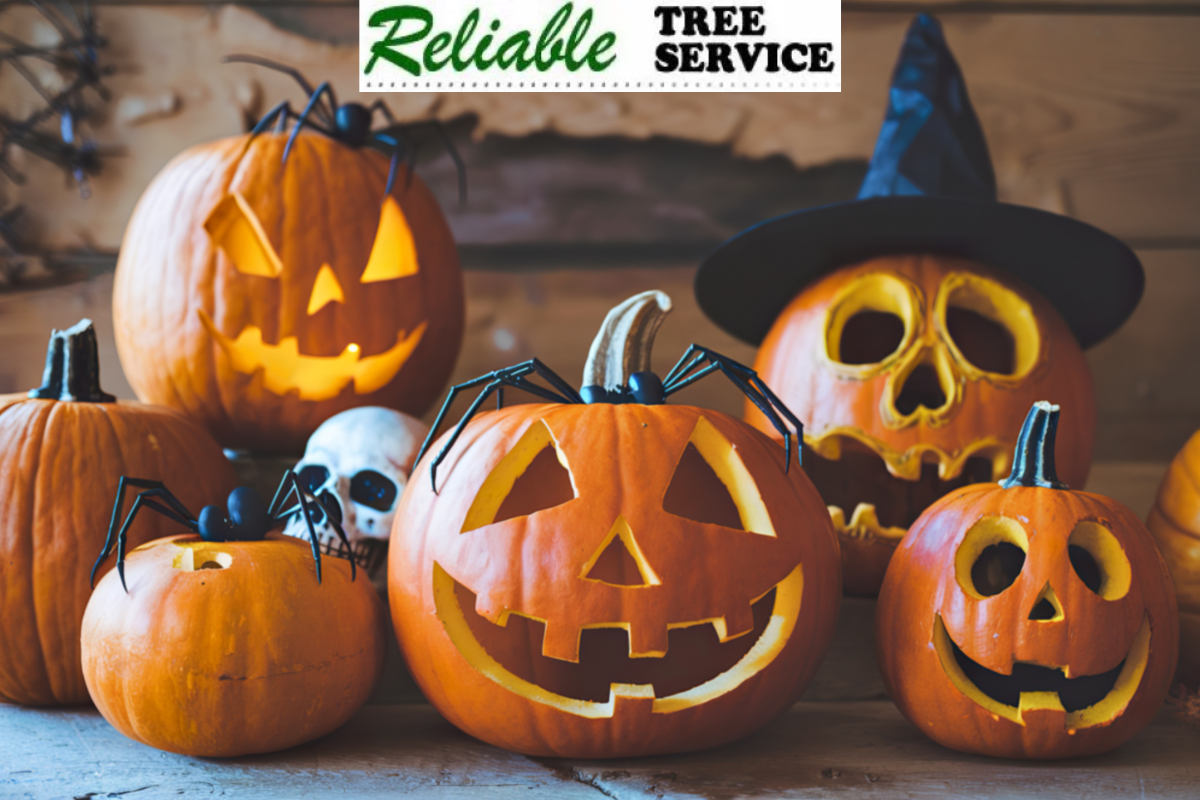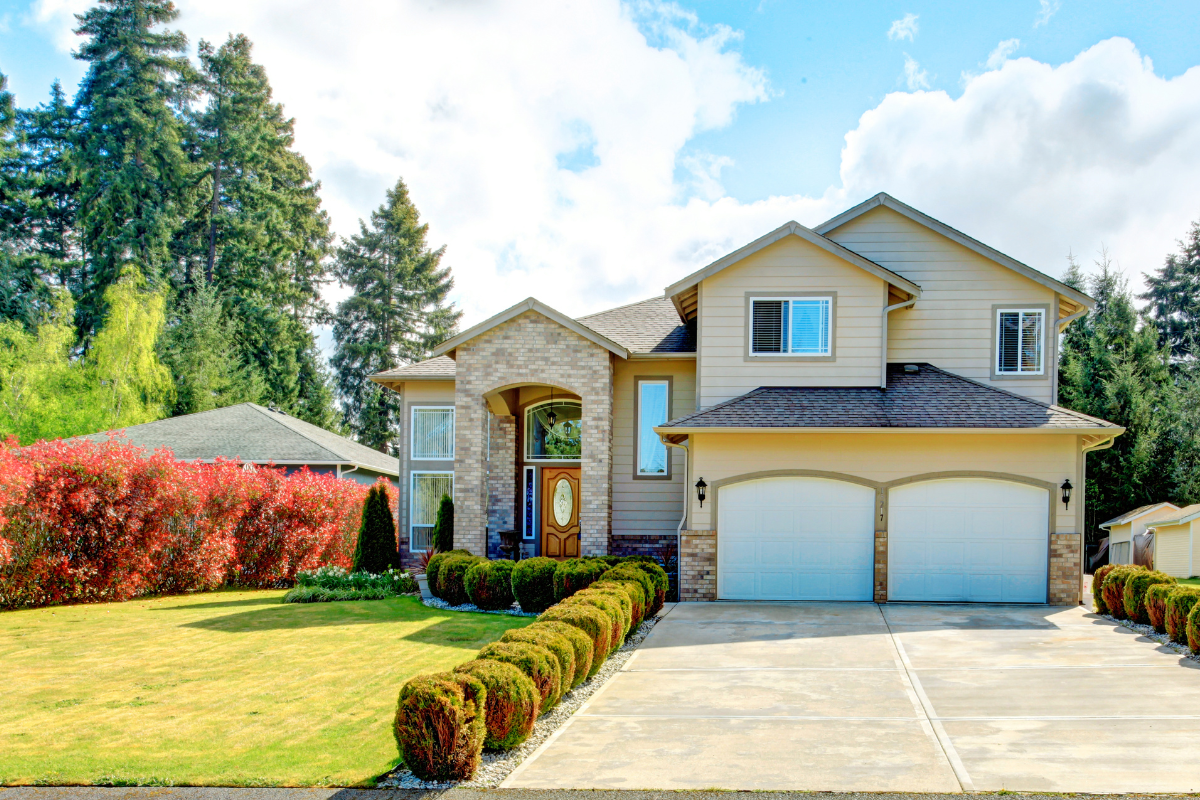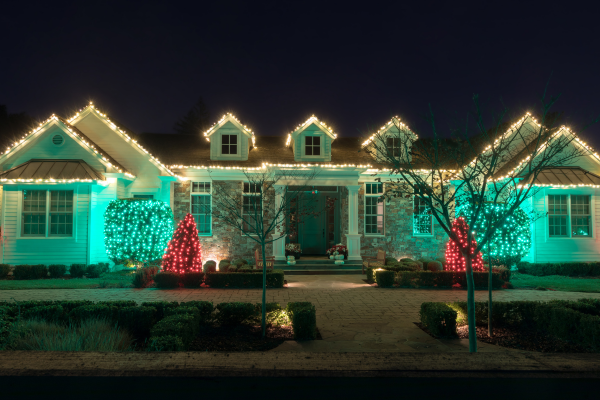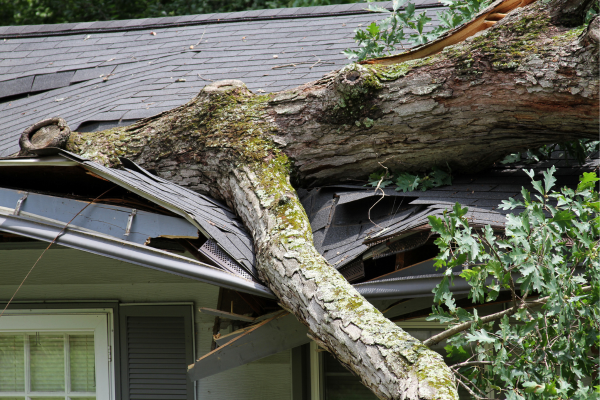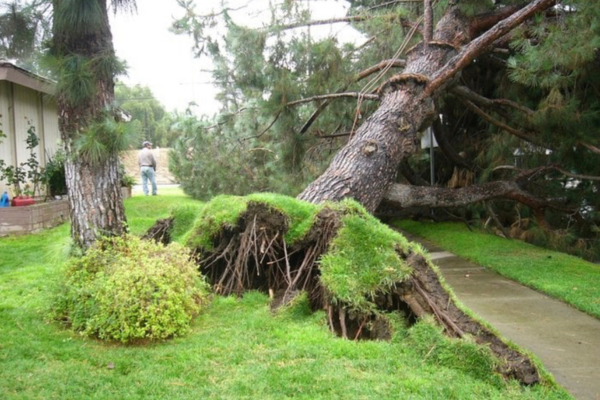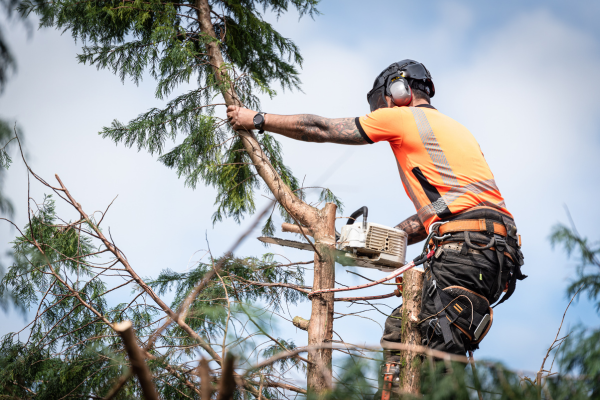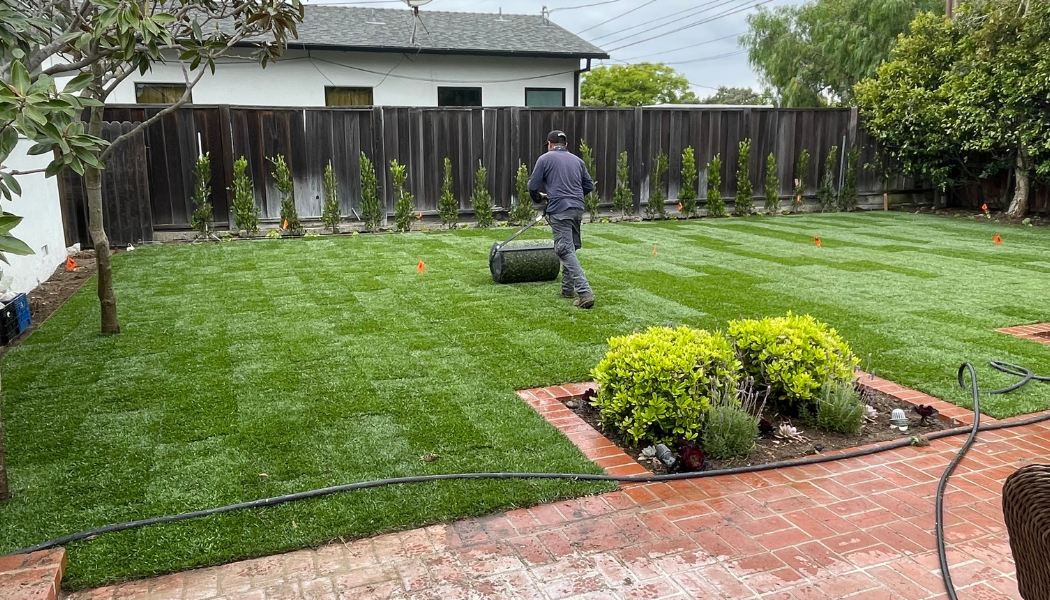Fall Allergy Guide: Trees and Plants That Could Be Triggering Your Symptoms in North Orange County
Could plants in your yard be making your allergies worse?
Every fall, homeowners across Yorba Linda, Brea, Placentia, and the surrounding areas start to notice a familiar pattern. Cooler evenings arrive, the sunlight shifts, and so does the return of seasonal allergy symptoms. Many assume that allergies peak in spring, but in Southern California, fall often brings a second wave that can be just as disruptive.
At Reliable Tree Service, we have spent more than 40 years helping North Orange County homeowners understand, manage, and maintain their landscapes. One of the most overlooked factors in seasonal allergy control is the vegetation growing in your own yard. Trees, shrubs, and plants that seem harmless can quietly release billions of pollen grains that keep allergy sufferers miserable from September through November.
This guide explains the most common fall allergy culprits in the region, why they trigger reactions, and how strategic tree care can significantly reduce exposure and improve your comfort at home.
Why Fall Allergies Are a Major Issue in Southern California
Unlike colder climates where freezing temperatures end pollen production early, Orange County’s mild conditions allow many plants to bloom and release pollen deep into the fall months. Some species even peak later in the year, which catches many homeowners off guard.
There are three primary reasons fall allergies remain persistent in Southern California:
- Extended pollen seasons: Many native and ornamental species flower or produce pollen multiple times throughout the year.
- Prevailing winds: The dry Santa Ana winds of late fall can carry pollen over long distances, spreading allergens far from their source.
- Urban landscaping choices: Popular decorative trees and shrubs in Orange County are often prolific pollen producers. Because they are widely planted, exposure is difficult to avoid without proactive maintenance.
Mature neighborhoods in
Yorba Linda, Brea, and
Placentia often feature decades-old trees that release significant pollen loads every fall. Regular trimming, pruning, and selective removal by a professional service like Reliable Tree Service can make a measurable difference in air quality and allergy symptoms.
The Top Allergy-Causing Trees in North Orange County
Certain tree species are well known for producing heavy amounts of airborne pollen. Several of the most problematic are also some of the most common in Southern California landscaping. If anyone in your household struggles with seasonal allergies, it is worth identifying whether these trees are present on or near your property.
Olive Trees (Olea europaea)
Olive trees are hardy, drought-tolerant, and widely used in landscaping across Orange County. However, they are also one of the most powerful pollen producers in the region. Their fine pollen grains are easily carried by the wind and can trigger intense reactions even far from the original source. Symptoms often include sneezing, congestion, itchy eyes, and sinus irritation. Strategic pruning before the pollination period and, in some cases, removal and replacement may be advisable if olive pollen is contributing to ongoing allergy issues.
Mulberry (Morus spp.)
Mulberry trees are valued for their fast growth and ability to provide shade, but they are also significant sources of airborne pollen. Many mature neighborhoods in North Orange County have large mulberry trees that release massive quantities of pollen every fall. Because the grains are extremely lightweight, they can travel long distances and settle on outdoor surfaces, furniture, and inside homes. Addressing these trees early in the season can reduce the overall pollen load in your immediate environment.
Oak (Quercus spp.)
Most people associate oak pollen with spring, but many oak species in California have a secondary pollen release period in early fall. Large, mature oaks are particularly impactful because they produce more pollen as they age. The result is a secondary allergy season that often surprises homeowners. Regular pruning and canopy management can help control pollen distribution and reduce symptoms.
Sycamore (Platanus racemosa)
California sycamores are a staple of urban landscapes, commonly planted along streets, parks, and residential properties. They produce pollen that irritates airways and worsens asthma symptoms. The fine particles can remain suspended in the air for extended periods, which increases the likelihood of exposure during dry autumn weather. In addition to pollen, sycamores shed fine hairs from their seed balls, which can further irritate respiratory systems.
Elm (Ulmus spp.)
Many elm varieties bloom in fall rather than spring, releasing pollen late in the season when most people are not expecting it. Elm pollen is a frequent irritant in residential areas, especially where older trees are still part of the landscape. Because these trees often line neighborhood streets, they can be a hidden cause of recurring allergy flare-ups.
Allergenic Shrubs and Weeds to Watch For
Trees are not the only contributors to fall allergies. Several shrubs and weeds common in North Orange County also cause persistent symptoms that can last well into late fall.
Ragweed (Ambrosia psilostachya)
Ragweed is one of the most powerful seasonal allergens in the United States. A single plant can release up to one billion pollen grains during its active period. The pollen is extremely light and can travel miles in the wind, making exposure possible even if the plant is not present on your property. Vigilant removal of ragweed from around your home can significantly reduce seasonal allergy severity.
Sagebrush (Artemisia californica)
Sagebrush is a drought-tolerant native shrub that thrives in Southern California’s dry fall climate. Unfortunately, it is also a prolific producer of allergenic pollen. Because it is well adapted to the region’s conditions, it can easily spread and go unnoticed until allergy symptoms begin.
Bottlebrush (Callistemon spp.)
Bottlebrush is a popular ornamental shrub known for its striking red flowers and low maintenance requirements. However, it produces pollen that extends allergy season into late fall. Routine pruning before the flowering stage can reduce its impact.
Russian Thistle (Salsola tragus)
Commonly known as tumbleweed, Russian thistle spreads rapidly in dry open areas. Its pollen is a frequent cause of seasonal allergy symptoms and often goes unrecognized as a source. Monitoring and removing this invasive plant can help control allergens in your yard.
How Professional Tree Service Reduces Fall Allergies
Managing fall allergies effectively often starts with managing the vegetation around your property. Reliable Tree Service uses proven techniques to help homeowners reduce their exposure to pollen and improve air quality around their homes.
Strategic Pruning Before Peak Season
Pruning specific tree and shrub species before they flower or release pollen limits how much airborne pollen reaches your property. This technique is particularly effective for species such as olive, sycamore, and bottlebrush, which produce less pollen when properly maintained.
Removal of High-Allergen Plants
If certain species are contributing to severe allergy symptoms or impacting quality of life, removing them and replacing them with lower-allergen alternatives is a long-term solution. Our team can advise on tree selection and landscape planning that balances aesthetics, shade, and health considerations.
Debris Management and Allergen Control
Leaves, seed pods, and pollen often accumulate in gutters, flower beds, patios, and other outdoor areas, prolonging exposure. Regular debris removal prevents these materials from re-entering the air and also reduces the growth of mold, another major fall allergen.
Guidance on Low-Allergen Landscaping
Reliable Tree Service can recommend tree and plant species that provide beauty and shade without triggering allergies. This is particularly valuable for households with children, older adults, or individuals with chronic respiratory conditions.
Why Consistent Maintenance Matters
Controlling fall allergies is not a one-time task. Pollen production is cyclical, and landscapes evolve over time. Trees produce more pollen as they mature, invasive plants spread quickly, and wind patterns change from year to year. Consistent professional care ensures your property remains a low-allergen environment year after year.
A proactive allergy-focused maintenance plan typically includes:
- Seasonal pruning in late summer or early fall before peak pollen release
- Ongoing inspection for invasive weeds such as ragweed or tumbleweed
- Targeted removal of high-risk plants as they mature
- Regular debris cleanup to prevent pollen and mold buildup
By staying ahead of the season, you reduce allergy symptoms before they start instead of reacting after they appear.
Why Homeowners Trust Reliable Tree Service
For more than 40 years, Reliable Tree Service has been a trusted partner for homeowners throughout Yorba Linda, Brea, Placentia, and the surrounding North Orange County communities. Our team combines regional expertise with certified arborist knowledge to provide tree care that improves both the beauty of your property and the health of your environment.
We focus on more than just trimming branches. Our approach considers how plants behave throughout the year, how pollen spreads, and how strategic landscape management can improve quality of life. By partnering with a local company that understands the region’s unique vegetation and seasonal cycles, you can create an outdoor space that is both attractive and allergy-friendly.
Breathe Easier This Fall
If fall allergies are affecting your home, your landscape may be part of the problem and part of the solution. By identifying, managing, and maintaining the trees and plants on your property, you can significantly reduce pollen exposure and improve your comfort during allergy season.
Reliable Tree Service has helped homeowners throughout North Orange County achieve healthier, more enjoyable outdoor environments for more than four decades. With professional care tailored to the region’s specific climate and plant life, you can take control of seasonal allergies and enjoy the fall season without the constant sneezing and irritation.


